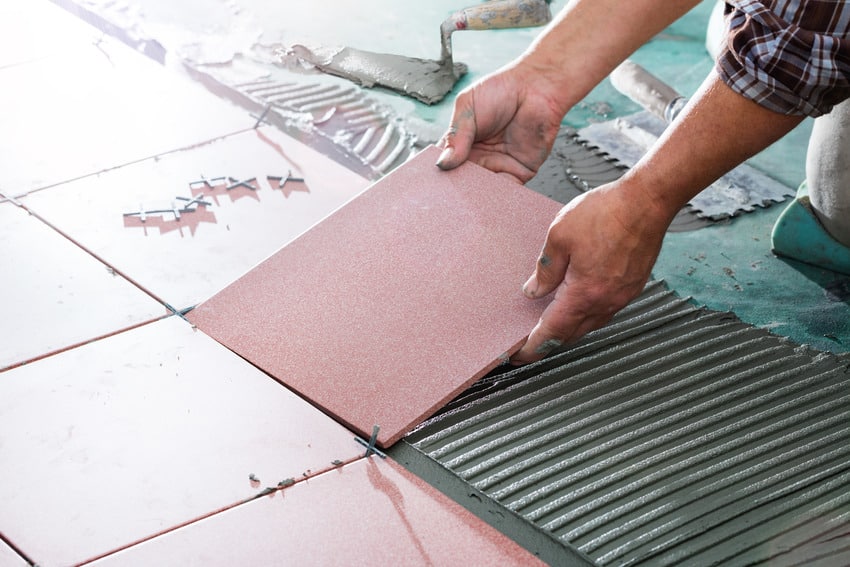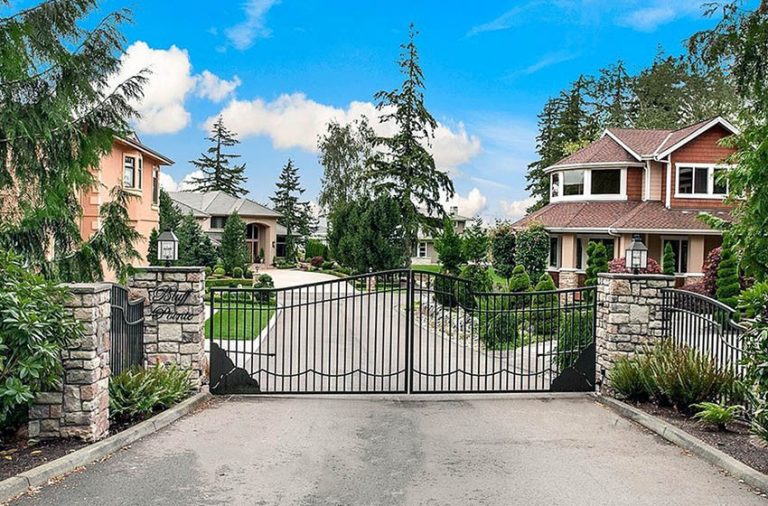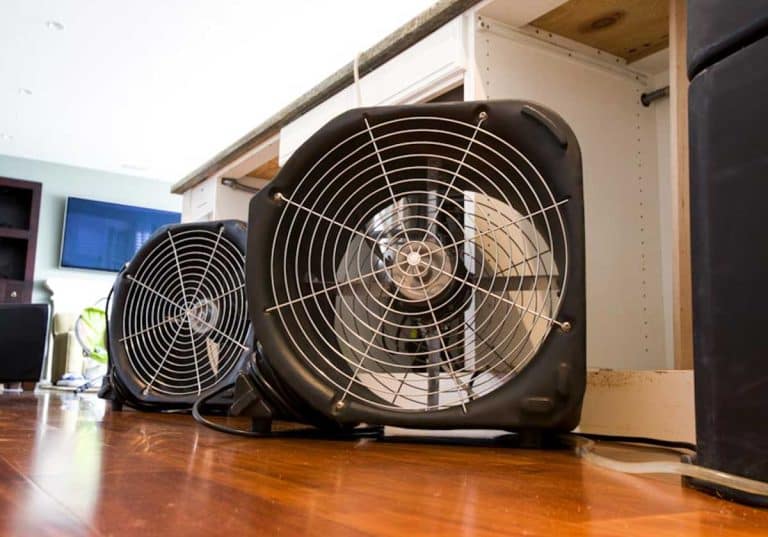Soundproof Flooring Options: What Materials To Use?
Returning to a quiet home is a simple pleasure that few get the chance to experience, especially in the city. For this reason, soundproofing your place is always a good idea. Aside from padding your walls, soundproofing your floor can make a world of difference. So, how do you start?
How to Soundproof a Floor
Soundproofing your floors need not be complicated. Begin by understanding the type of noise you want to address. Are you looking to block loud sounds from the TV or the non-stop barking of your dog? These are examples of airborne noise or sound transmitted through the air. Or perhaps you want to soundproof your floor to reduce noises like the sound of your footsteps or banging doors? These are examples of impact noise or sound produced when an object hits another object.
Many now are working from a home office and its more important than ever to dampen sounds. We have put together an article about how to soundproof a home office here.
What is a Floor Soundproofing Underlay?
The first thing you want to do for floor soundproofing is to identify your subfloor and flooring. Knowing the subfloor, the floor materials, and the type of noise you want to address is key to choosing the right soundproofing underlay.
A soundproofing underlay is a thin layer of material that muffles the sound that passes through the floor’s structure. Depending on the type of underlay, it is either placed under a carpet or between the flooring and the subfloor. With advanced technology, abundant options of underlay customized to different flooring materials and noises have become available.
How to Soundproof Floor Tiles
Floor tiles require a special soundproof underlay since using the wrong underlay may result in cracks from too much tile movement. To avoid this, opt for tile underlay made from rubberized membranes with strong adhesive to keep the tiles in place.
Using a cement board as your subfloor also helps. With its high density, rest assured that it works well in soundproofing.
Soundproof With Laminate Flooring
Installing an underlay is a must when you have laminate flooring. Aside from insulating sound, an underlay helps in reducing moisture and vapor.
Rubber and foam underlays tend to work best when soundproofing and preventing moisture damage on laminate floors.
Soundproof Hardwood Floors
Hardwood floors, although beautiful and durable, do poorly in absorbing sound. Before installing your hardwood floors, place shredded rubber or fiberboard on your subfloor.
Another option is Mass Loaded Vinyl (MLV), a versatile rubber-like soundproofing underlay for wood. Alternatively, beautiful rugs on already installed hardwood floors might do the trick.
Soundproof with Carpet Padding
If you’re looking for a quick solution to improve acoustics in your room, then a carpet would be your first choice. That said, it won’t be enough to soundproof your room. Enter, carpet padding.
Carpet paddings were initially designed for added comfort and to extend the longevity of the carpet. Over time, carpet paddings evolved as good soundproofing material.
Many homeowners prefer to use rebond pads as it is compatible with most carpets. Other kinds include foam pads, memory foam pads, and flat rubber pads.
Soundproof Using Floor Mats
It’s common to use foam floor mats in children’s playrooms. Aside from providing extra cushion to reduce impact from playing, foam floor mats also effectively insulate noise.
Rubber mats, on the other hand, are more durable than foam mats. Aside from absorbing sound, they also increase comfort underfoot, absorb impact, and prevent slipping.
Soundproof With Noise Proofing Compound
Noise-proofing compound or acoustic glue is a material similar to adhesive caulk, but with the added function of reducing noise. Two layers of this compound applied between two subfloors lessen any vibration that passes through.
However, this does not block the sound as much as underlays do. This is an easy and inexpensive solution if you want to reduce airborne noise. For better soundproofing, use this with another floor underlay instead.
Fixing A Squeaky Floor
Sometimes, noise comes from the floor itself. Solid hardwood floors creak as they tend to expand and contract due to varying temperature and moisture. The good news: all you need to make it go away is a little bit of reinforcement. To lessen the movement of the wood, drill your floorboards onto the subfloor using deck screws.
Soundproof Between Floors
Sometimes, installing an underlay on your subfloors is not enough to reduce noise. If the noise is coming from above you, consider insulating your ceiling. To do so, add an extra layer or two of drywall or fiberglass to your ceiling which will act as an effective sound barrier.
Another method is installing acoustic panels used in home studios. It comes in different designs and colors and is easy to install.
Soundproof an Apartment Floor
If you live in an apartment with a lenient landlord, then you may have the freedom to do any soundproofing method above. But there still are building codes that you must adhere to.
For one, the thickness of your subfloor and the weight of your underlay should follow what is permitted for the floor support system. It is best to consult with a professional to ensure your safety and the tenants below you. If, however, you cannot touch the subfloor, consider laying floor mats, cork tiles, carpets, or rugs with the additional carpet padding instead.
Soundproof Material Cost For Flooring
On average, expect to pay between $2.83 and $4.83 per square foot for soundproofing your floor.
The cost to soundproof your floor is affected by the floor size you are working, type of soundproofing method you choose, and installation labor. A high-quality soundproofing system demands a higher price.
Soundproof a Floor Cheaply
Most soundproofing methods that do not require installation under the floorboards are usually cheaper but temporary. If you are looking for a low-cost solution to noise, then consider the following solutions:
- Interlocking floor mat. You can easily install this floor mat anywhere.
- Cork tiles. A versatile and practical soundproofing material, cork tiles can be used over or under the floor. Aside from reducing noises, it is water-resistant, fire-resistant, and antimicrobial.
- Carpets with carpet padding. Both functional and visually pleasing, this is one of the easiest and most effective soundproofing solutions that you can do.
You can also invest in a high-quality underlay. Although expensive, this is a more permanent and cost-effective solution as it can last you from 10 to 25 years, which consequently helps increase the value of your home if you plan to resell in the future.
what do you think of these soundproof flooring tips? Is there anything we missed, if so let us know in the comments.










